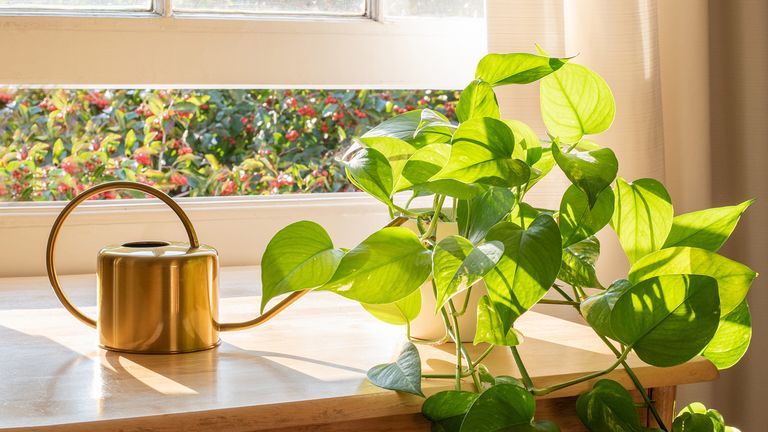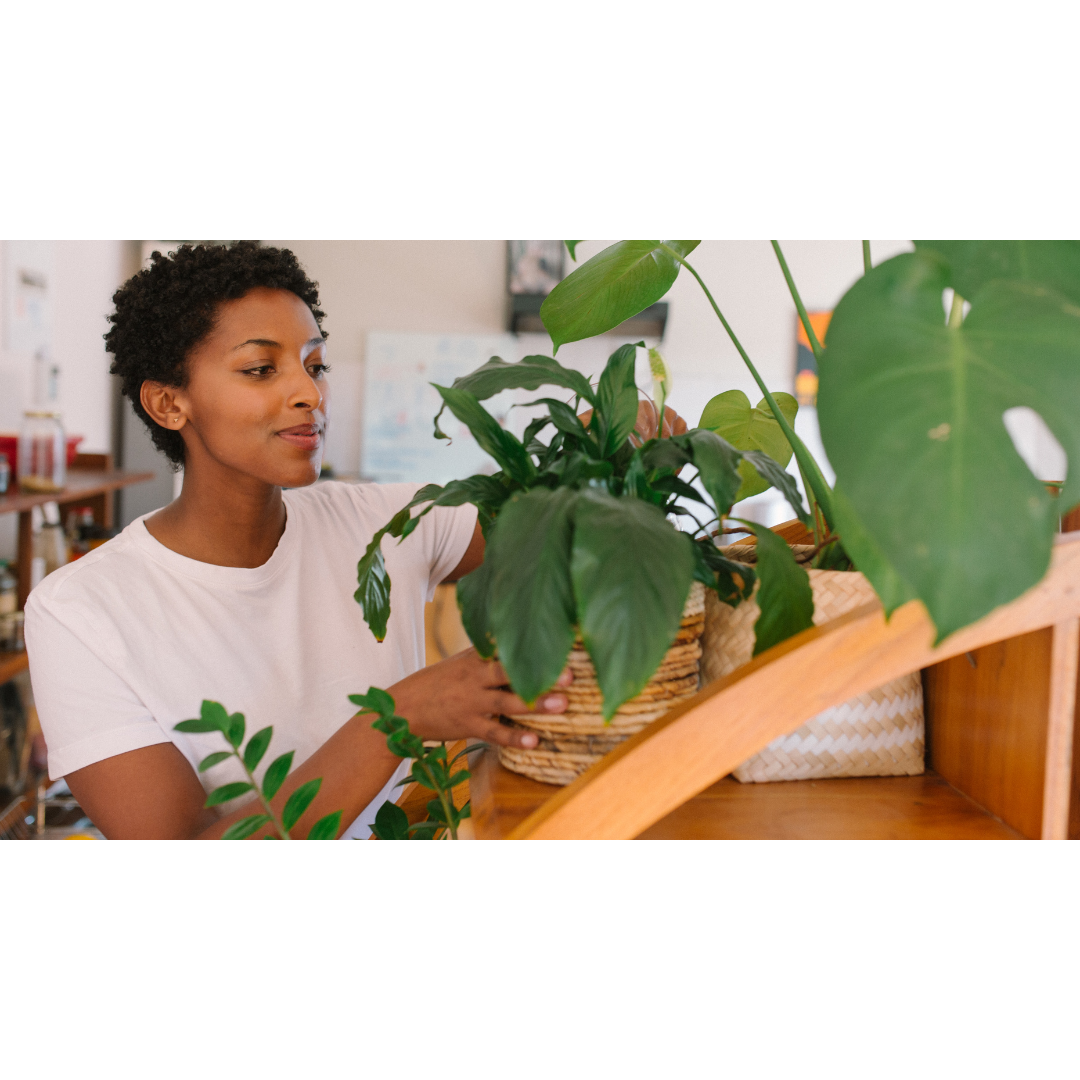Houseplants are experiencing a resurgence in popularity, and it’s no surprise why. Social media platforms are brimming with #houseplant content, showcasing people’s vibrant indoor gardens. In the past year, as working from home became the norm, and long periods of confinement took a toll, houseplants emerged as essential companions, offering not just greenery but also a sense of calm.
Nick Behr, the co-founder of Modern Sprout, a hydroponic gardening company, points out the profound impact of nurturing plants, especially during a pandemic. Research supports this claim, suggesting that caring for plants can reduce stress, alleviate anxiety, and promote a sense of calm. Horticultural therapy, as Brooke Blocker, the owner of eco-friendly online plant shop Outside In, describes it, is gaining traction, with many considering plant care an integral part of their self-care routines.
Beyond the mental health benefits, houseplants can significantly impact physical well-being. The 1989 NASA Clean Air Study demonstrated that certain plants could remove toxins from the air, making indoor spaces healthier.
Here’s my list of 3 houseplants that can transform your home and well-being:
Peace Lilies

Peace lilies, scientifically known as Spathiphyllum, are renowned for their ease of cultivation, making them ideal for novice gardeners worried about their ability to care for indoor plants.
Several studies indicate their positive impact on indoor air quality. A study published in December 2021 in Applied Sciences found that peace lilies can effectively reduce CO2 and the VOC formaldehyde levels in the air. Earlier research also supports the idea that peace lilies can minimize overall VOCs in indoor environments.
However, a word of caution is necessary: Peace lilies should be kept out of reach of both children and pets. The plant contains calcium oxalate, a substance that can cause stomach and respiratory irritation if ingested in large quantities, as stated in the Old Farmer’s Almanac.
When caring for peace lilies, it’s essential to provide them with medium to low light conditions, although they are more likely to bloom in bright, indirect light. Avoid overwatering but make sure that the soil remains consistently moist for their optimal growth.
Golden Pothos

The golden pothos (Epipremnum aureum) isn’t just visually appealing with its cascading vines and heart-shaped leaves; it also functions as a natural air purifier. A study published in July 2017 in Building and Environment demonstrated its ability to effectively reduce indoor ozone levels. Previous research on air-purifying plants has shown that, similar to the peace lily, the golden pothos can remove volatile organic compounds (VOCs) from the air. However, it’s essential to be cautious, as the golden pothos contains oxalate, which can be harmful to pets if ingested, according to the Pet Poison Hotline.
When caring for golden pothos, remember that it’s a low-maintenance plant, making it an excellent choice for those with inconsistent watering habits. Just be mindful not to overwater them to ensure their well-being.
Snake Plant

The snake plant, scientifically known as Sansevieria trifasciata var. laurentii and commonly referred to as “mother-in-law’s tongue,” boasts tall, sword-like green leaves that exude grace and elegance. Having a snake plant at home not only enhances your decor but also contributes to cleaner air. In fact, it was part of the plants studied by NASA for their air-purifying qualities.
Taking care of snake plants is relatively straightforward. They thrive in warmer temperatures, so it’s best to position them in a cozy spot in your home. While they prefer bright indirect light, they can also adapt to shadier corners, albeit with slightly slower growth. It’s crucial to let the soil dry out between waterings to ensure their well-being.
Plants not only enhance your home aesthetically but also play a vital role in creating a healthier, happier environment. So, why not embrace the green trend and let nature thrive indoors, bringing peace, tranquility, and cleaner air to your space?
What types of plants do you have? Share your list of plant babies in the comments below.
-XXX-
Fharnell M.






